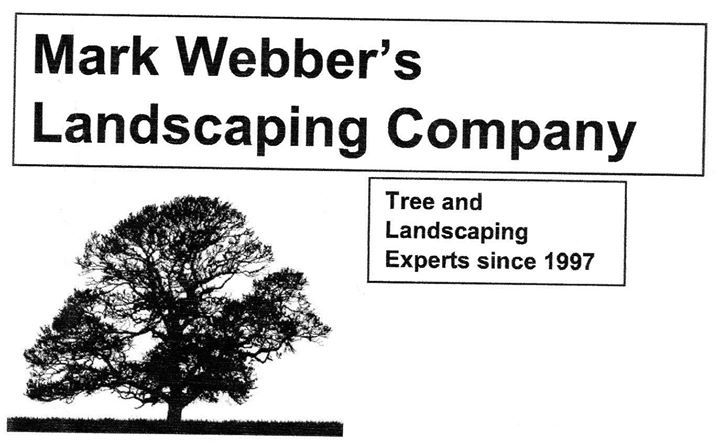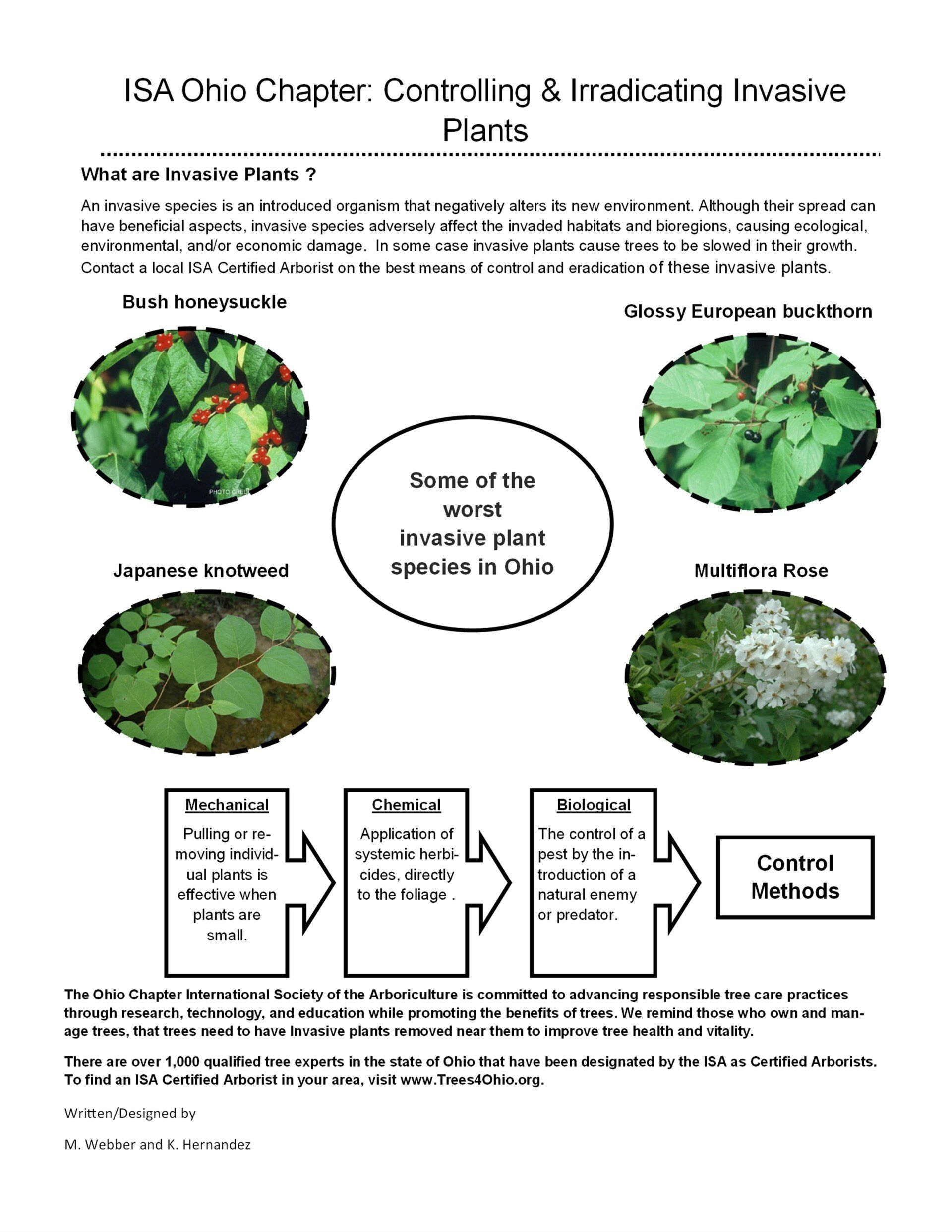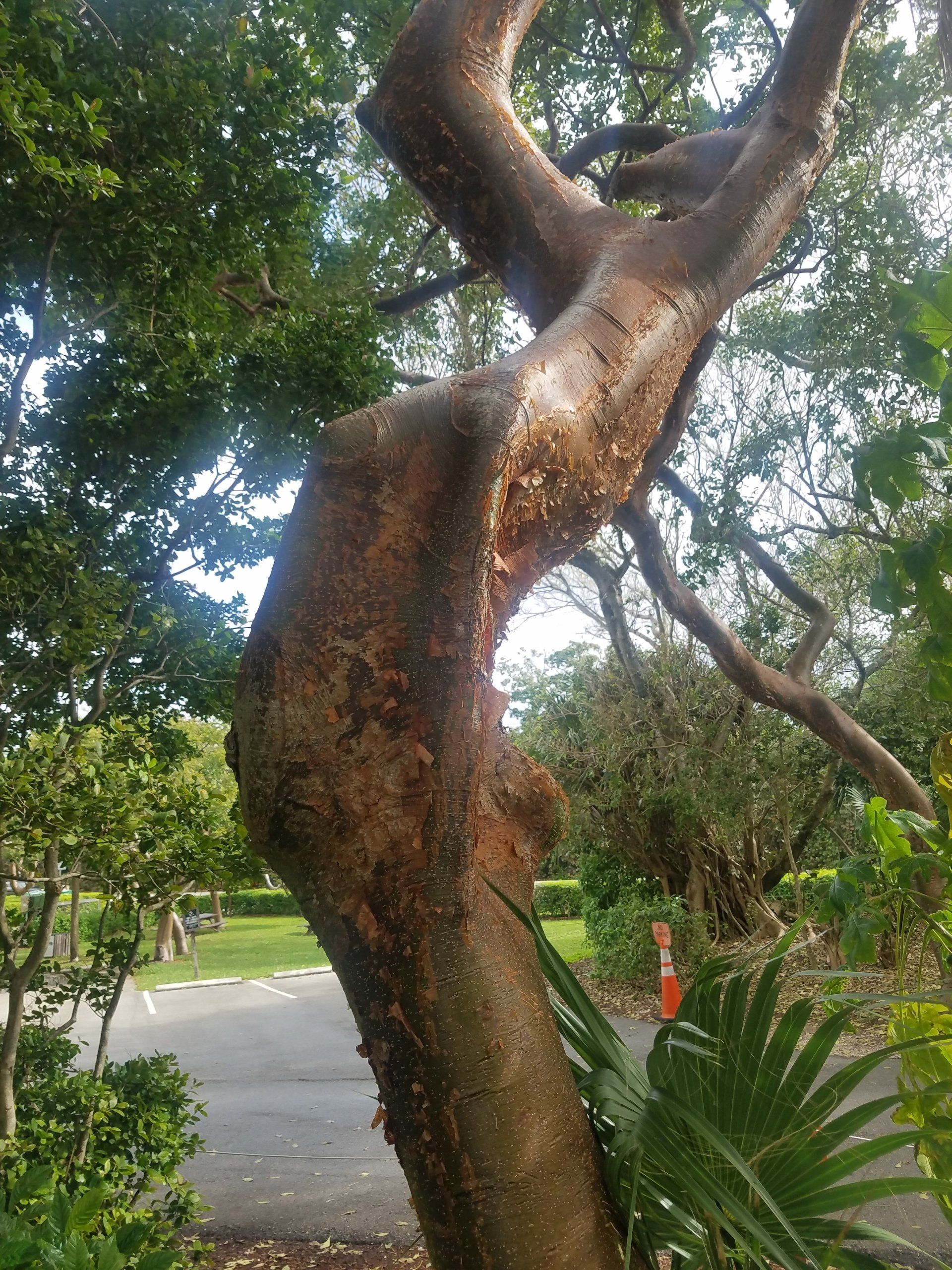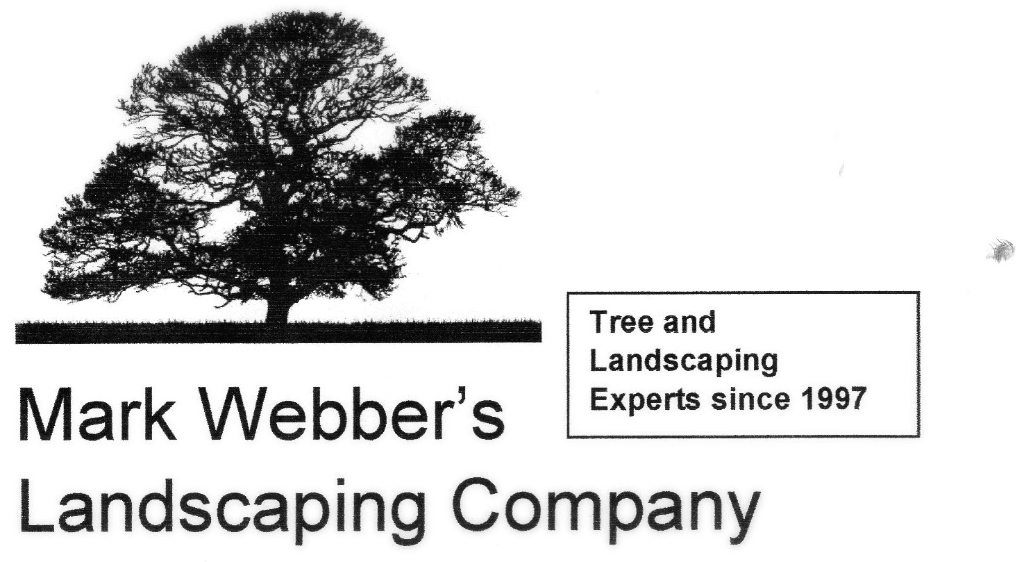Mark's Plant Sense
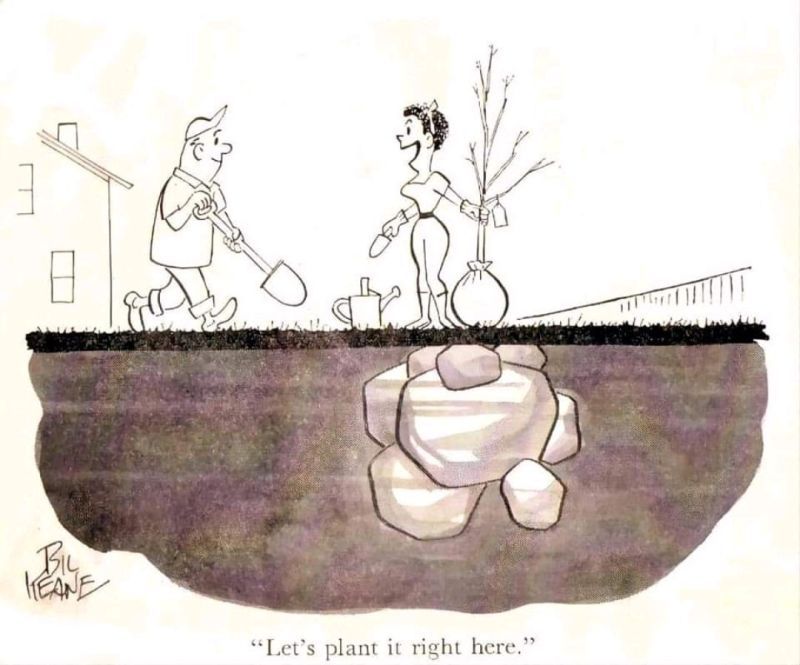
Often the public thinks that they can pick and place plants in their landscape like furniture. Before you plant anything do a investigation of the zone hardness, soils and other factors. It's always better to plan and investigate before you plant. Work with a qualified, certified and registered Arborist for the best results. https://www.webberlandscaping.com/landscape-designer

The fall armyworm (Spodoptera frugiperda) annually migrates northward, invading much of the continental United States and Canada. Many lawns in the month of August of 2021 are being eaten to death in the greater Dayton, Ohio area. The larval (caterpillar) stage of the fall armyworm moth can cause severe damage to lawns. In summer, the moths lay clusters of eggs in cotton-like, greenish-white masses on structures (houses, mailboxes, fences, signs, etc.), shrubs and trees, and the newly hatched larvae drop down to the ground and “march” like an army to feed on the closest grass. While the larvae are still small, damage may not be readily apparent. But when they reach their full size (about 1-1/2” long), they can eat the grass down to the soil. Significant infestations can defoliate a lawn entirely. Lush green grass is the fall armyworm’s preferred food, so irrigated lawns of any type (warm- or cool-season) are at most risk. So are newly laid sod and newly seeded or overseeded lawns since these must be kept moist/irrigated until the new grass establishes roots. Controlling fall armyworms is difficult since several generations can occur in one summer-through-fall season. Products that contain carbaryl (such as Sevin) or pyrethroids will be most effective while the larvae are still small. Mowing the turf and light irrigation before treatment can increase control. Repeat treatments may be necessary. Resources: https://turf.cals.cornell.edu/pests-and-weeds/insect-management/#caterpillars Potter, D.A. and S.K. Braman. 1991. Ecology and management of turfgrass insects. Annu. Rev. Entomol. 36:383–406.
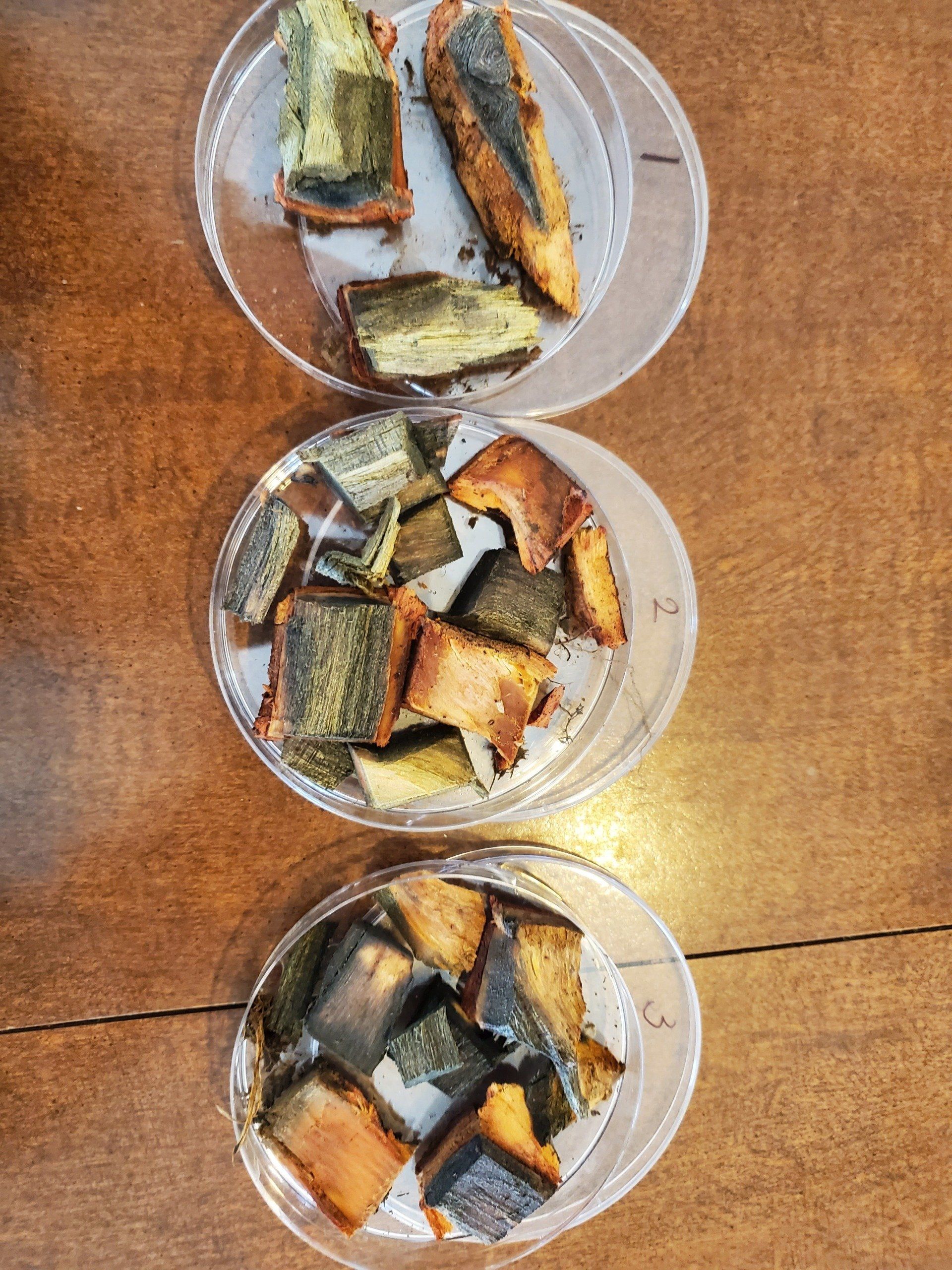
Many homes are often constructed or renovated near existing trees to take advantage of their aesthetic and environmental value. Unfortunately, the processes involved with construction can be deadly to nearby trees. Recently we were assigned by a property owner to determine the health and condition of three trees commonly known as Silver Maple( Acer saccharinum). The property owner had recently purchased the property and had no information about the subject trees' prior treatment. The client was advised that we needed to conduct a starch test of each subject tree's condition. Starch tests provide the inspecting arborist a measure of the carbohydrate capacity of the tree in question. All green plants produce sugar (energy)in their leaves during photosynthesis. The sugar is then either used in the leaves as an energy source for the growth or production of other essential materials or transported via the phloem (inner bark) to other parts of the tree. The sugar that is not used immediately is linked together in long chains to create starch. Starch is the product the tree uses to store much of its energy reserves. By staining wood for starch, the level of the tree's energy reserves can be estimated. This information is beneficial when making a diagnosis of the tree's condition. Our testing of these three trees determined that they were collective in poor condition since the starch tested yielded light color wood. If a tree is in good condition related to carbohydrate reserves, then the starch test will yield a dark-colored wood when exposed to the iodine mixture. We discovered that these three trees had been severely injured ten years prior due to construction injury due to sidewalks, street curb, and underground pipe installation after reviewing our historical files and data. These subject trees have poor growth rates, limb loss, decay, and are becoming a hazard to the public and property. The necessary take-home lesson is that trees are often the victim of people pressure disease(PPD). With good arboricultural and horticultural advice, PPD can be avoided if the tree's owner is willing to follow a qualified arborist's advice and guidance when managing their trees. To learn how to manage trees that may be exposed to construction injury click here .
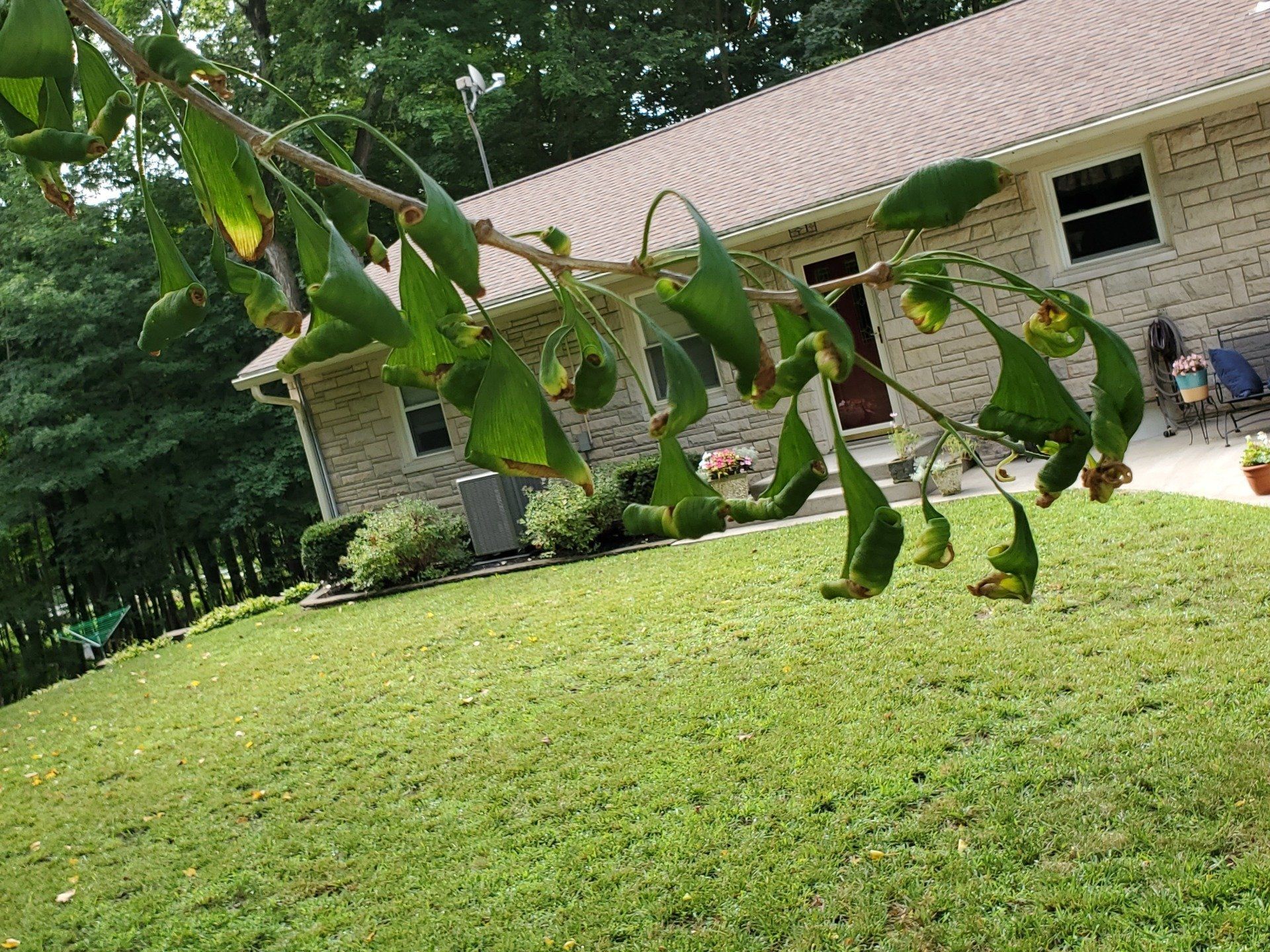
In the growing season of 2020, I have witnessed an increasing frequency of trees being injured and damaged by the improper applications of pesticides targeting weeds in lawns. For the most part, these pesticides are herbicides that are commonly known as synthetic auxin. Synthetic auxin herbicides are used often on residential and commercial properties for broadleaf weed control. Trees and plants damaged by these pesticides often have these symptoms: Twisted leaves Downward cupping on leaves Narrow, strap-like leaves on the youngest growth Synthetic auxin herbicides are products commonly known as 2,4-D, Dicamba, Weed Be Gone, and others. These materials are manufactured to mimic naturally occurring plant hormones. There are five types of hormones in plants that include auxins. Plant hormones are triggering devices in plants. Plant hormones are triggering mechanisms that cause growth, leaf drop/formation, root expansion, flower bud formation, and other plant processes. In the case of herbicides that contain synthetic auxins, they mimic naturally occurring auxins that result in uncontrolled cell division. The uncontrolled cell division causes plants like broadleaf weeds and or trees certain death or severe damage. Many cases, the herbicides with synthetic auxins are indiscriminate broadleaf plant killers, especially if your tree has roots growing under your grassy lawn. Research has shown that trees have a massive root system that extends well beyond the tree's outer branches stretches over your yard. The root system of the trees in your lawn is made up of a vast network of the large, medium, and hair sized roots that are directly under the grass and weeds. Tree roots are not covered by bark, but are covered by the epidermis and have a multitude of root hairs. The roots of trees readily absorb water, nutrients, and pesticides. Roots of trees are not structured internally on a cellular level to filter out, so to speak harmful substances like herbicides containing synthetic auxins. So, even though you can't see any roots above your lawn from your trees, they are beneath your feet. The roots of your trees are just under the grass and the weeds. The roots of trees below the turf and weeds will readily absorb what's applied to the above-ground landscape. The majority of herbicides containing synthetic auxins forewarn users not to apply these products were tree roots exist. The label of these products is the legal requirements on how the product is to be used. The label of any pesticides is the law. If the applicator fails to follow the label, then that person is guilty of breaking the law. However, these label warnings are often ignored when the label states, "do not apply where tree roots exist." The failure to follow the labeling law results in damage, decline, and, in some cases, the death of trees. Herbicide injured trees can be killed and, in other cases, are more susceptible to diseases and insects and future decline. The bottom line is don't use herbicides that forewarn you not use them near trees and their root systems. If do you suspect that your trees have been exposed to herbicides, you should contact a qualified arborist for an inspection to investigate if your trees have been exposed to pesticides.
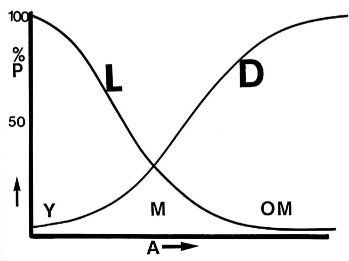
Photo Source (Tree Dictionary) This week I spent some time helping the team at Mark Webber's Landscaping conduct a tree risk assessment of a very large Ash tree. After the Ash inspection, I then inspected a number of other trees on the subject landscape. The property owner had unfortunately had her trees been mistreated by improper pruning. The term “seal,” rather than “heal,” is used to describe tree wound closure, since the wound still exists inside the tree even after it no longer shows on the outside. A properly pruned tree will create a better tree; however, a poorly pruned tree will result in a deteriorated condition. Trees have a natural defense response to wounds and pruning cuts. They form four types of walls to compartmentalize the area thus preventing the spread of decay organisms. However, if you prune too much from a tree, it will not have the energy resources to have the energy to compartmentalize. Proper pruning techniques and timing are critical to long-term tree health. The most important principle to remember is that each cut has the potential to change the tree considerably. Tree pruning needs to be well thought out and based upon what science and the Best Practices of the International Society of Arboriculture. In this case, the client's trees were excessively pruned by removing all of the subject inner branches resulting in a tree branch that looks like a lions tail. Lion's tail pruning creates tree branches that are likely to fail under normal weather conditions. In the case, the recommendation to this client was to do nothing or not to prune the subject trees for at least the next 6-9 years. Pruning Dose As a tree gets older the more difficult, it becomes for the plant to manage excess cuts. (See Chart/photograph above) When trees are young [Y] great amounts of symplast maintaining wood [L] can be removed. Symplastless wood is a term that is lucid to describe a tree or piece of wood or tree part that no longer maintains a symplast. As the tree matures [M] less symplast maintaining wood should be removed, and symplastless wood removal should increase [D]. As the tree approaches over maturity [OM] very little symplast maintaining wood [L] wood should be removed, and great amounts of symplastless wood [D] should be removed. Bottom Line If too many tree branches are removed or if the cuts are too large in older trees will result in further deterioration to the subject tree that may result in the loss of your valuable tree. You should use only Certified Arborist to make decisions about how to best manage your trees. Here are some important tips to follow for better trees: • Start training trees with pruning while they are young and newly established. • Minimize the number of live branches removed at any one time. • Use proper cuts. Watch the branch collar and/or branch bark ridge. • Pruning dose should be determined by overall tree health. • Reduce live-tissue pruning during times of drought. • Remove smaller branches rather than larger branches. • Do not top trees for any reason (heading cuts). • Prune when trees are biologically active to expedite wound sealing. • Do not use tree wound dressings. References http://www.treedictionary.com/DICT2003/tree_pruning/dose/chart.html Tree Pruning Essentials. Lindsey Purcell. Purdue University.2015 McKenzie, R. 2008. What’s Wrong with Topping Trees?, FNR-FAQ-14-W. Purdue University Cooperative Extension, West Lafayette, Ind., USA.
